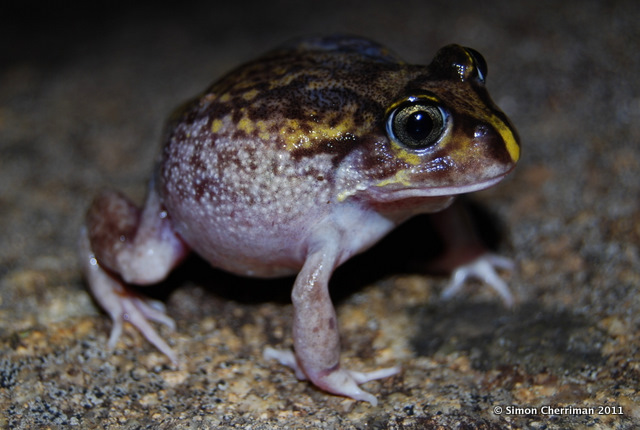Nearly
two months ago I installed a nest box (made from 100% recycled
material) in a large Marri tree at the front of our place in Mt. Helena.
This was not long after we sighted the fella in the photo above in our
backyard. I’ve checked it about twice to see if we’ve had anything move
in - but no luck.
A few
nights ago I saw two possums foraging in the canopy of the Marri trees
in our backyard - so checked all my boxes (I have 4!) immediately, but
still didn’t find any residents.
This
morning I was raking leaves out the front when I noticed tufts of possum
fur on the floor. As I looked harder, I could see little bits floating
down from a branch high up, around which I then noticed were wads and
wads of more fur. Maybe the possum’s had had a fight? Someone had lost
lots of fur! As this branch was in the ‘nest box tree’, I borrowed my
neighbours’ ladder (thanks to my wonderful friendly neighbours) and
scrambled up for a look. Sure enough, laying curled up asleep at the
bottom of the nest box was a beautiful Common Brushtail Possum (Trichosurus vulpecula). Our first resident!
These
possums are often known for living in people’s roofs, which
unfortunately can lead to them being trapped and moved. Possums are
highly sensitive animals and translocations can very often cause the
possums to die. This is usually because the area to which they are moved
has other possums already living there - so the newcomers get driven
out... to their death.
A great solution is to install a Nest Box
in your garden - all you need is a reasonably tall tree. Possums may
not move in straight away, but at least they can get used to the box
(especially if you ‘bait’ it with some fresh apple or banana!), and if
you wire off your eaves a bit at a time, these arboreal animals will be
happy to move house. It’s best to do some detective work first: check
along your roof and try to locate the exact spot where the possum comes
in and out of your roof cavity - this spot should have traces of fur
caught on the bricks or wood. When you locate the spot, you can start
wiring off the rest of the gaps under the roof, and leave the ‘possum
hole’ until last. After you’ve installed a nest box, make sure the
possum has found it before closing up the last hole. You might even like
to sit quietly one evening and watch the possum emerge.







